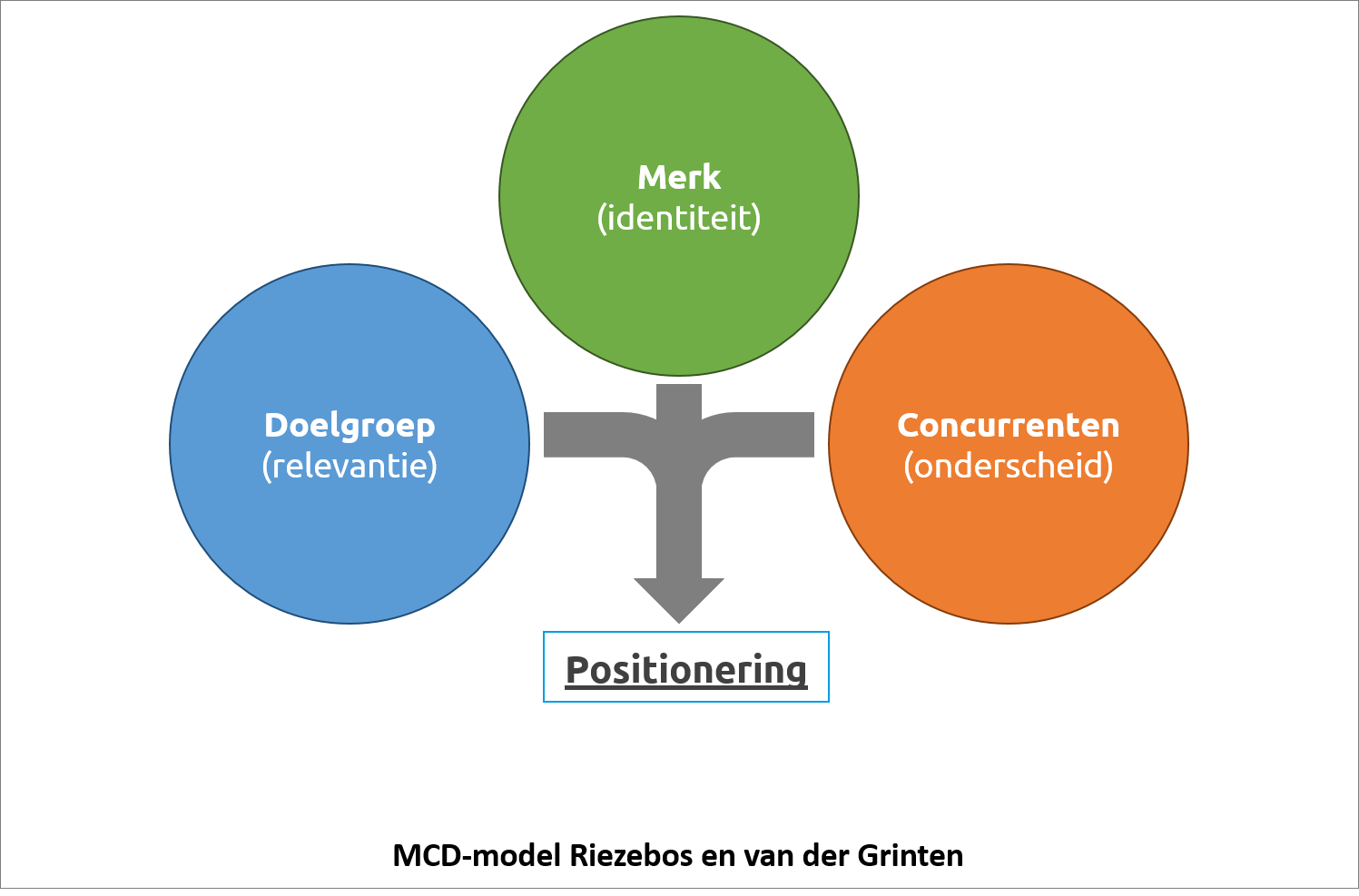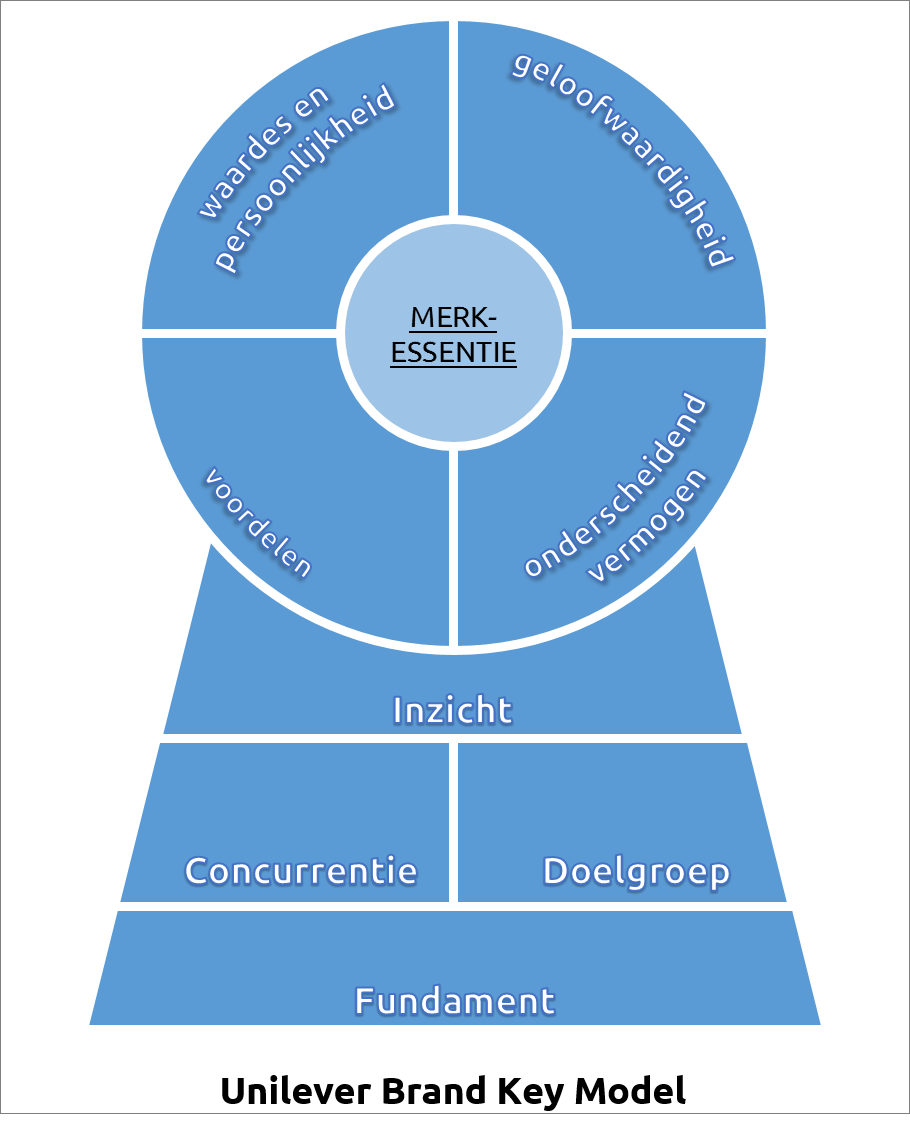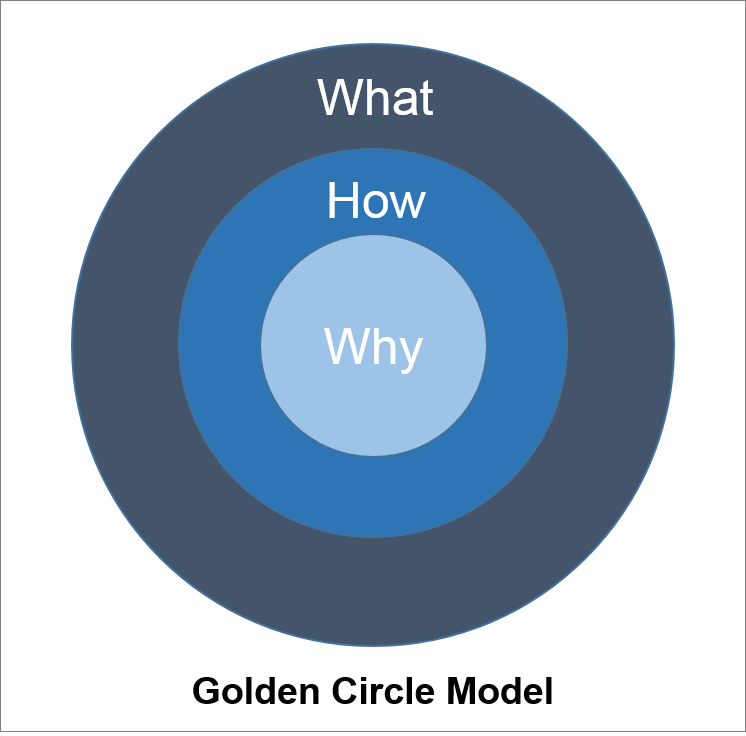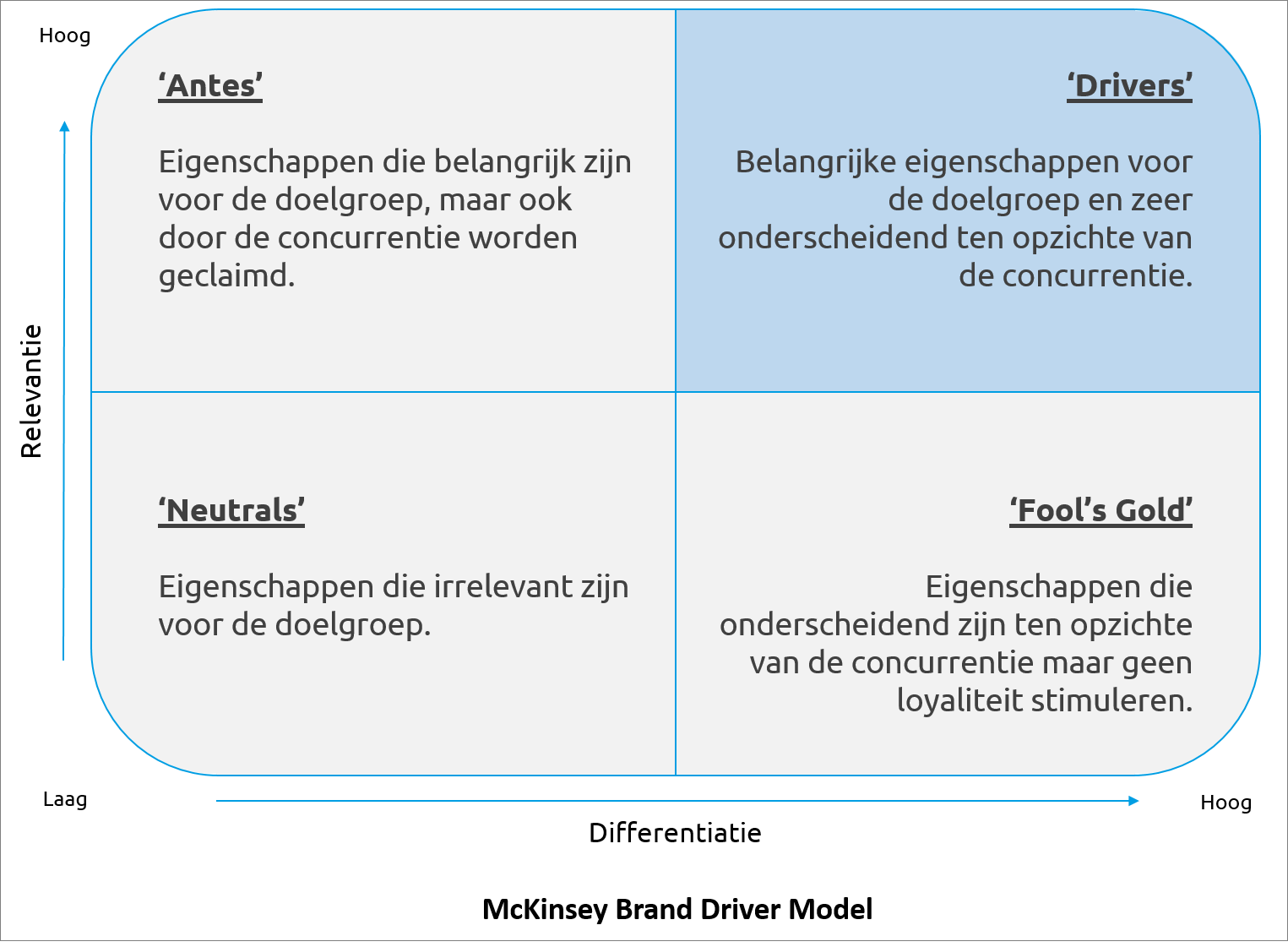*Positioning
Positioning Models: Which positioning model do you use?

In this article, we present the 6 positioning models that we use most often in practice. Each positioning project is different, and therefore requires different models, although we must admit that we definitely have favorites. We briefly discuss each model and explain why we like to use this model in practice. We then summarize this in a number of use cases that explain which model is best suited for different situations. After reading this article, you will have a good understanding of the various positioning models and their pros and cons.
Positioning Models
In this article, we cover the following positioning models:
- MCD Model
- McKinsey Brand Driver Model
- Unilever Brand Key Model
- Positioning Matrix
- Golden Circle Model
- Competitive Matrix
Are you missing a model in this overview or are you looking for a model that fits your specific situation? Ask me the question by email, and we will add it!
Positioning Model: MCD Model

This model outlines the areas that need to be analyzed to create a solid framework for positioning. This model is very basic but clearly illustrates the key influences on positioning. When we use this model in practice, we also include some internal factors, which come from below. The model you see here is the original.
Positioning Model: McKinsey’s Brand Driver Model
This model helps you evaluate and put into perspective the characteristics of a company, brand, or product. In the original article, the researchers primarily emphasize the ‘drivers,’ but in practice, we also pay a lot of attention to the ‘antes.’ These are the characteristics that serve as sort of basic requirements for entering a market. You’ll be surprised how many companies have included different ‘antes’ in their list of USPs (Unique Selling Points). There’s also a pitfall in the “Fool’s Gold” segment because there have indeed been markets conquered based on characteristics previously labeled as such.
Read the article in which McKinsey explains the model.
Positioning Model: Unilever’s Brand Key Model

This model was developed by Unilever within its Marketing Academy to provide a standardized approach to managing all its brands globally. The model serves as a guide to condense the essence of each brand onto a single page. This model is useful for dissecting an existing brand and, together with a team or client, analyzing its individual components. The original model lacks the foundation, raison d’être, and core characteristics of a company or brand, which have been added to the model above.
Google is the best source for more information on this model.
Positioning Model: Merkelijkheid Positioning Matrix
In many cases, the positioning of a company or brand has “evolved over time.” When a company experiences declining sales or a decrease in generated leads, they often don’t look to positioning as the solution to their problem. We developed this model to provide insight into the balance between the desired brand identity and its perception by the target audience. Only when brand identity and perception align is a brand in an open playing field. By evaluating this using this model, you can gain surprising insights. In any case, you can clearly explain to colleagues, management, or the board why you believe there’s work to be done!
Learn more about the Merkelijkheid Positioning Matrix
Positioning Model: Sinek’s Golden Circle

Many companies sell the drill and not the hole. If you’re already familiar with this statement, like this model, it might sound like a huge open door. This thinking model was developed by Simon Sinek and emerged from his research into the most successful leaders and companies, which revealed that successful brands, unlike other brands, adopt an ‘inside-out’ approach. They first address the ‘why,’ then the ‘how,’ and finally the ‘what.’ This model is used for companies and brands where it may lead to confronting insights if you start from the opposite end.
What? Radiators. How? Factory and installers. Why? We want to provide people with a pleasant living and working environment. If you start with the latter, do you end up selling radiators again?
Positioning Model: Merkelijkheid Competition Matrix
In practice, it was evident that a significant pitfall in positioning was the lack of objectivity with which companies viewed their competition. Statements like, “But they’re not green at all” or “They’re not innovative at all, unlike us!” are discussions that don’t help anyone. By evaluating only the message, means, and channels during positioning, we could maintain objectivity and create a market view everyone agreed with. Horizontally, it represents the progressiveness of means and channels, and vertically, how social the message is. By effectively using this model, you get practical tools for actual positioning of your brand or organization.
Learn more about the Merkelijkheid Competition Matrix
Which Positioning Models to Use?
Now that we’ve presented the different positioning models, we can discuss which model to use in various situations.
Situation 1: Convincing that Positioning Needs Attention
You know that the positioning needs improvement, but your colleagues believe that refreshing the corporate identity will turn the tide. Which positioning models should you use to convince them?
Positioning Matrix – Discuss what your desired identity actually is. Often, this alone leads to realization. But if you then ask some customers how they perceive you, it becomes even clearer.
McKinsey Brand Driver Model – Which attributes can you attribute to your company or brand? Are these drivers, antes, or none of the above? Any attributes that your competitors also claim are not a source of differentiation. How many are left?
Situation 2: Market-Oriented Positioning
The core of your identity is clear, but which aspects lead to the most differentiation? By consistently discussing the possibilities and comparing them to competitors, you’ll gain clarity. Use the following models for this:
Competition Matrix – Positioning is not just about attributes; it largely concerns behavior. What message is your competition conveying to the market, and which means and channels are they using? The result is a clear market overview showing where opportunities lie.
McKinsey Brand Driver Model – Which attributes does your competition use to differentiate themselves? What are the basic attributes that almost every player possesses? What attributes does nobody have or claim?
Situation 3: Positioning on Your Own Strengths
There are many markets where the saying “in the land of the blind, the one-eyed man is king” applies, but the blind aren’t a healthy basis for a future-proof positioning. Delve deep into your own strengths and points of differentiation, and see where it leads you. The following positioning models are useful for this:
Golden Circle Model – This model requires an open mind. Starting with the ‘why,’ what are the logical consequences for the ‘how’ and ‘what’?
Brand Key Model – By deconstructing your own brand according to these 9 factors and examining each component separately, you’ll undoubtedly gain fascinating insights into where your strengths truly lie.
Positioning Matrix – How do customers actually perceive your brand or company? And how do you see yourselves? Rarely do these two perceptions align 100%. What are the key factors?
Positioning Models: Is That All?

Of course, there are many other positioning models that address one or more aspects of positioning. Unfortunately, these models are often process-oriented and variations of the Brand Key Model. They tell you what to investigate and in what order, but they don’t necessarily explain how to use the research findings to make a difference. The models we discussed here do help you with that, that’s for sure. Which positioning model appeals to you the most after reading this article?
It’s also possible that we’re not familiar with your favorite model at all. That’s quite a shame, and we hope you’ll quickly send us an email or message to inform us of our mistake.
If you want to learn more about positioning and how to work on it yourself, check out our Positioning page. In addition to in-depth articles, you’ll find dozens of examples and models for every possible positioning challenge.
